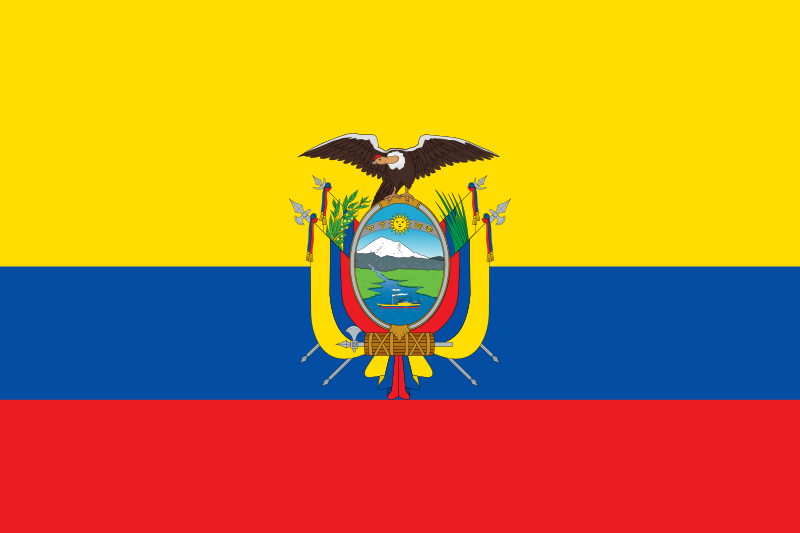On January 11, 2019, a fire at a drug rehabilitation centre in Guayaquil, Ecuador, claimed 18 patients’ lives. Locked into their rooms and forced to detox “cold turkey,” the victims couldn’t escape as flames engulfed the building.
Barricading patients in rooms as they endure agonizing withdrawal is one of many abusive tactics employed at “rehabs” in Ecuador. Some rehabs force patients to sleep on cold floors without blankets or mattresses, forbid them from using toothpaste or soap, and serve rotting food donated from grocery stores. Many centres do not allow patients to use the restroom during group therapy, which can last for hours. Others punish “troublesome” patients by beating them, forcing them to swim in freezing water, making them eat without utensils, or in one case, obligating other patients to defecate on them.
Dr. Ana Jacome, a clinical and forensic psychologist, has documented widespread abuse at treatment centres in Ecuador. She says the rationale behind these abuses is to “destroy the ego and replace it with a better one that doesn’t use drugs.”
Patients are told, “We will beat the devil out of you,” says Dr. Carla Alvarez, who specializes in drug policy research in Ecuador. “The clinics talk a lot about salvation of the soul.”
Other investigations have uncovered practices such as beatings patients with bats, wire, machetes and electric cables, leaving them for days in a deep, dirt hole to “think about the bad things they have done,” and sexual abuse.
Ironically, Ecuador’s attempts to reform drug policy may have inadvertently escalated the abuses. In 2008 the country changed its constitution to declare drug use a “public health problem,” released thousands of people convicted of drug crimes from prison, and promised to make drug treatment more available. But over a decade later, there are still not enough public treatment programs to meet demand. Ecuador has only 110 state-run treatment clinics for a population of nearly 17 million. Instead, uncertified private rehabs, where most of the abuses occur, have rushed to meet demand. Private clinics outnumber public treatment centres in Ecuador five to one.
“There is a market for private treatment centres because the law dictates that people have to go to treatment,” says Dr. Jacome.
Dr. Alvarez says that after reforms, Ecuador “traded prison for clinics.”
“We say [drug addiction] is a public health problem but we have never treated it that way in Ecuador,” she says.
Recently, the Ecuadorian government has tried to investigate and close down abusive treatment centres. In 2018, the government shut down 67 centres, most of them clandestine. But abuses continue.
Unfortunately, human rights violations at treatment centres are not limited to Ecuador. The UN Human Rights Council has documented cases of physical and sexual violence and forced labor at centres throughout Southeast Asia. The International Drug Policy Consortium issued a report on abuses in Latin America, whose practices include “hunting parties” in Guatemala that round up people who use drugs and force them into treatment. The United States has a documented history of drug treatment centre abuses, including forced labor, verbal abuse, and compulsory treatment in prison even for people who have not been convicted of a crime.
Abusive and inhumane treatment continues because even countries that claim drug use is a public health issue contradict that claim by criminalizing drug possession and sale.
“As long as drug use is prohibited, it is difficult to have a treatment system that is anything other than repressive,” says Dr. Jacome.
Ironically, although scientists define those with substance use disorder as people with “difficulties in controlling [use and] persisting in [use] despite harmful consequences,” we make every attempt to control substance use through punitive policy. We will not see change until this paradox is resolved.
*Tessie is a writer and drug policy advocate in Raleigh, North Carolina. Her articles explore topics such as criminal justice reform, drug policy and harm reduction. She previously served as the advocacy and communications coordinator for the North Carolina Harm Reduction Coalition, a statewide nonprofit that advances drug policy and criminal justice reform. During that time, she played a pivotal role in helping to legalize syringe exchange programs and expand access to naloxone. You can find her at her website or on Instagram.


